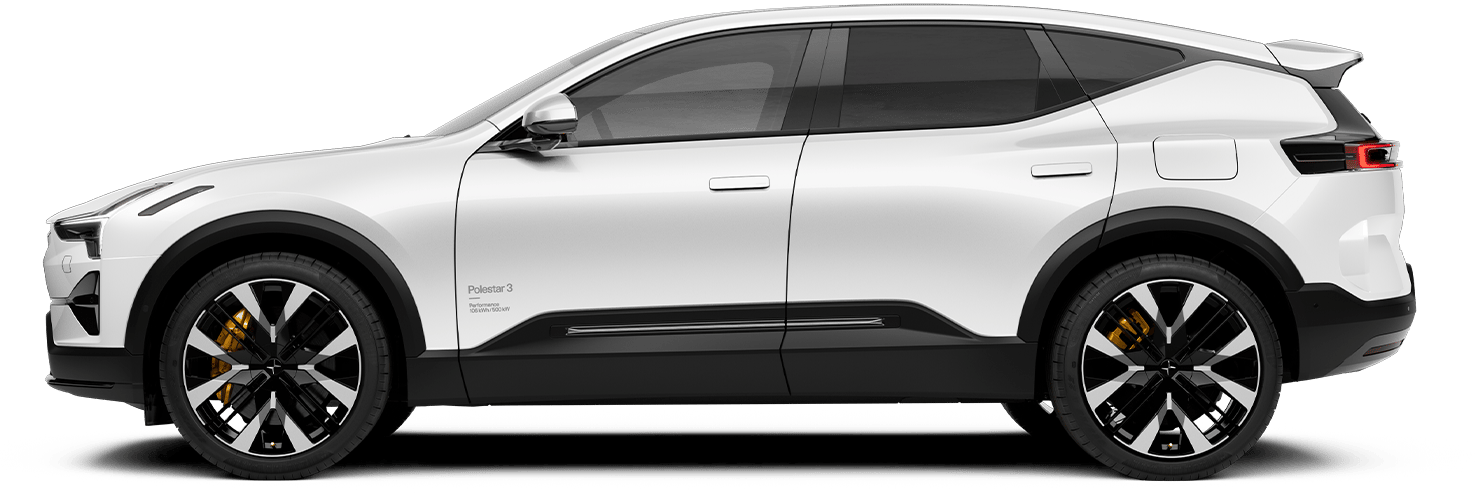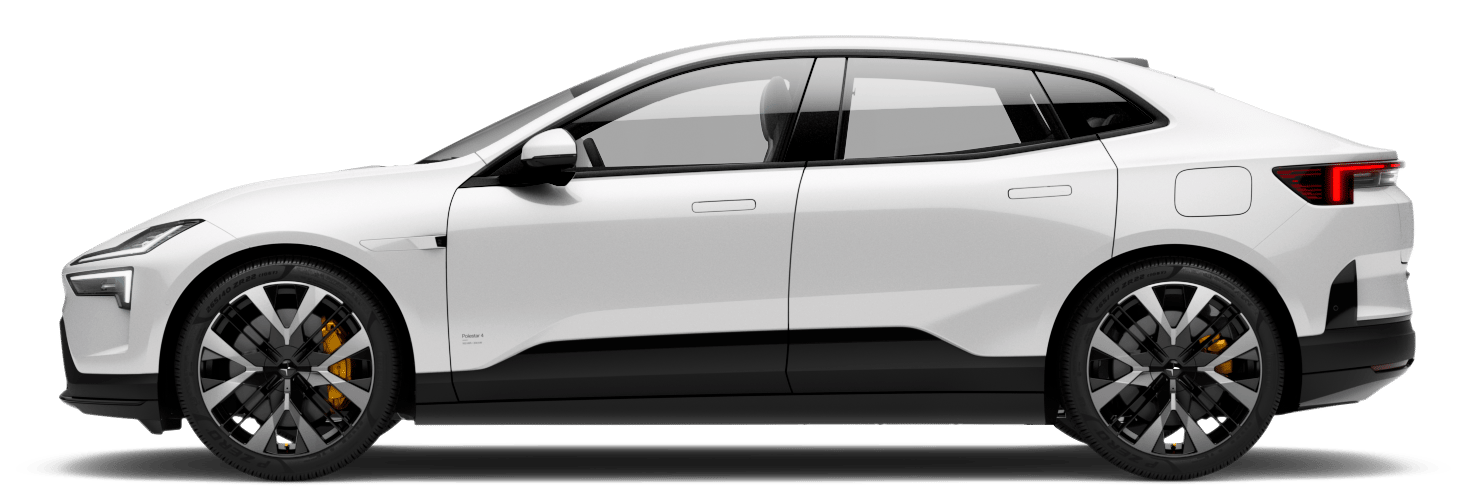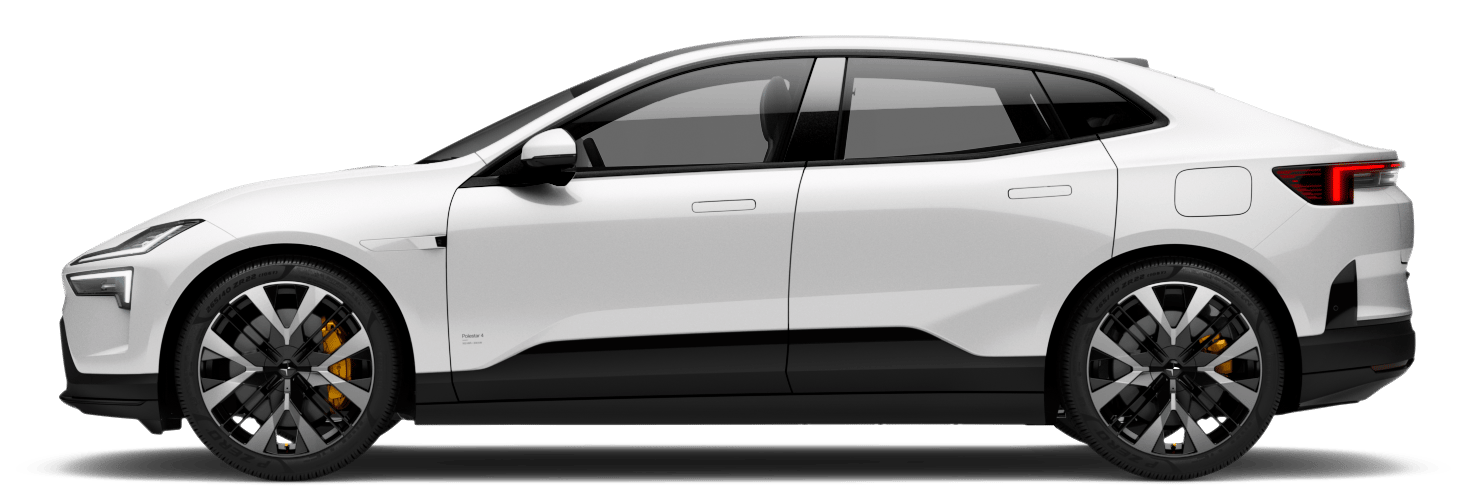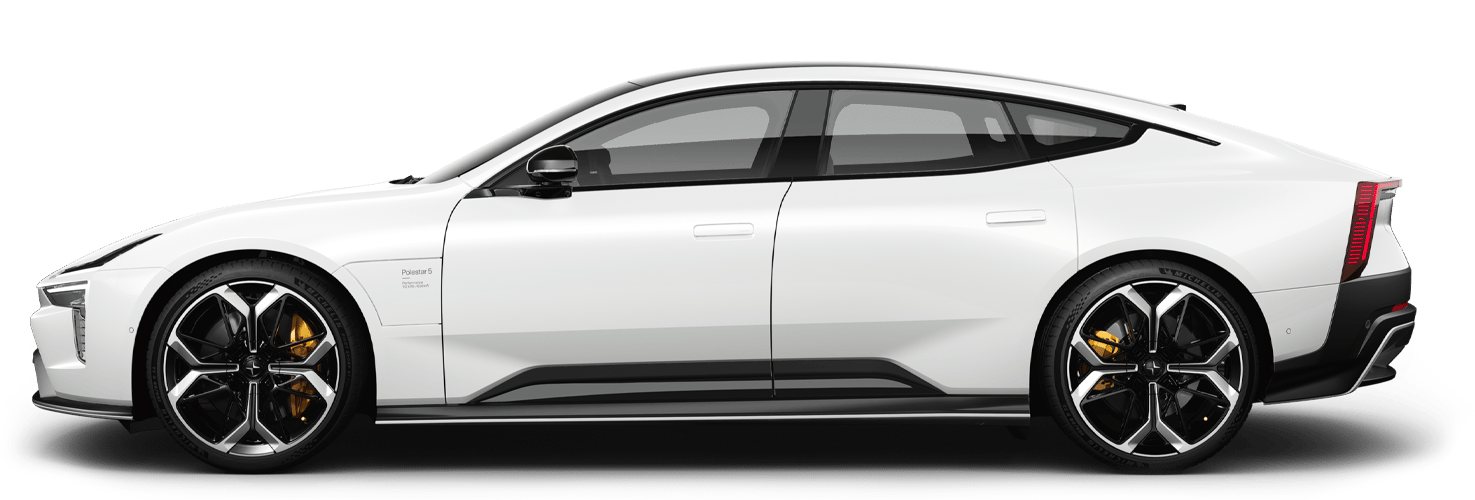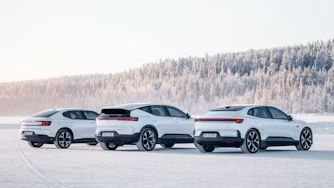Staying current about current: the latest from the world of batteries
Everyone knows that EVs have batteries. Keeping up with the ever-evolving world of batteries, however, is a different story. Which is why we decided to break it down. In this series, we will explore the state-of-the-art of EV batteries, answer the most common questions about their second life applications, and provide a breakdown of cutting-edge battery technology.
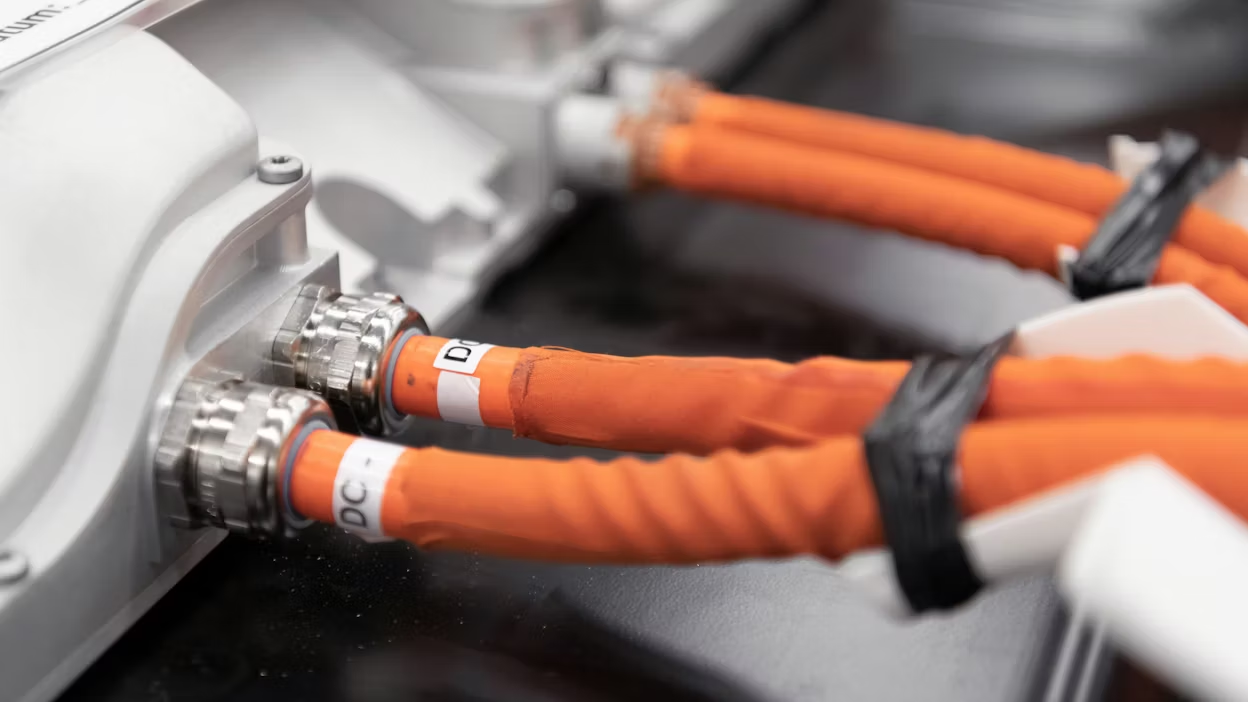
The age of electric motoring is upon us, with EVs forecasted to represent almost half of all new cars sold in 2030. An electric motor, as well as many other components of an EV, requires far less maintenance than its fuel-driven counterparts (regardless of battery type).
In today’s EVs there are two types of battery most commonly used: LFP (Lithium Iron Phosphate) and NMC/NCM (Nickel Manganese Cobalt). These batteries are charged and discharged by lithium ions moving between the negative (anode) and positive (cathode). They’re long-lasting, lightweight, fast to recharge, and have a high energy density which makes them perfect for powering EVs.
Electric cars have many advantages over petrol and diesel cars. For starters, the environmental benefits are clear. As are the financial aspects. Electric engines are key to decarbonizing our mobility sector. However, we need to ensure batteries can reach their full potential.
Currently (pun intended), manufacturing a battery pack is energy and resource intensive. To be as sustainable as possible, we are working to make our production cycle more circular. Our goal is to ensure that the batteries running our cars don’t live one life and then cease to be useful. Achieving full circularity, however, requires a holistic approach. That’s why we’re committed to designing cars and batteries for easy repair, disassembly, remanufacture, and recycling.
The mining of metals and minerals used in batteries is a contentious issue because their extraction has high environmental and social costs. In order for EV batteries to become a truly viable option of the future, the automotive industry needs to ensure that risk minerals and materials with profound climate impact do not fall “out of the loop” by ending up as waste or low-grade recyclates. To mitigate the social aspects of mining, Polestar is utilizing blockchain technology to trace cobalt. We’re also extending our scope to trace other risk minerals in future batteries.
Regardless of the environmental and financial benefits of EVs, concerns about the battery�’s life are still a common obstacle for consumers. A lot of drivers believe their EV’s battery will only last around 5-8 years before needing to be replaced.
This is simply not the case. Most electric car batteries are predicted to last somewhere between 10-20 years before they need to be replaced. However, despite the tremendous growth registered in the last few years, the EV market is still in its infancy. Projections can’t be precise. Even so, every battery in a Polestar car comes with a warranty that lasts for eight years of ownership or up to 100,000 miles, whichever comes first.
It’s common knowledge that EVs have batteries. Hopefully, just how those batteries work will also become common knowledge. As well as the knowledge that EVs are the only way forward.

